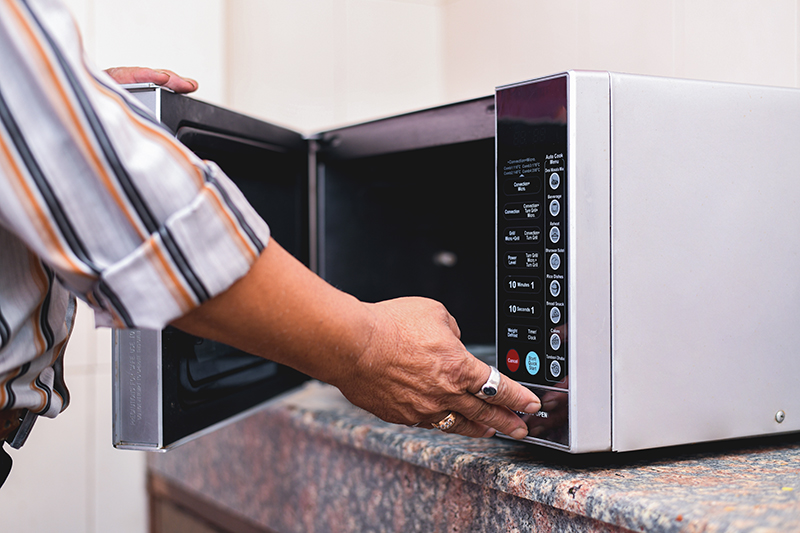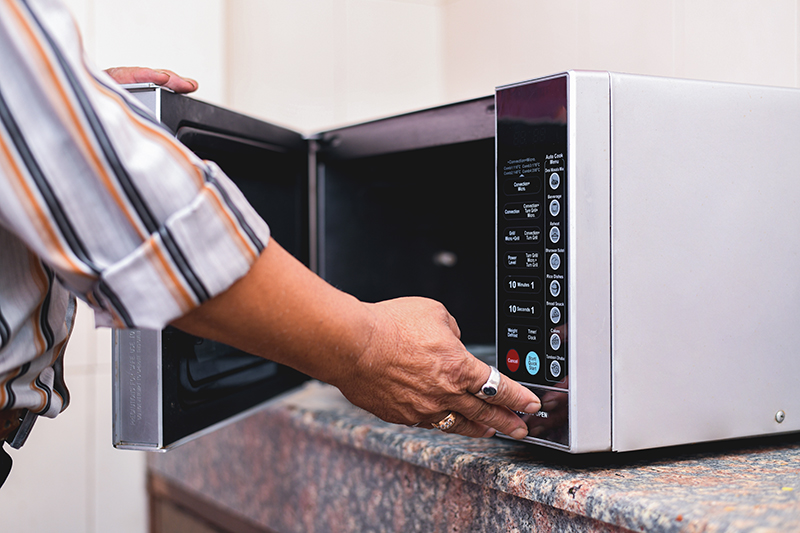Water Management Is the Way to Go


Growing up we all remember when we were asked at school what are the resources without which humanity cannot survive. The answers being taught are still the same, but with one addition: “Human activities have caused massive exploitation, degradation and desolation of these precious resources.”
One of the life-sustaining resources is “Fresh water,” which is no longer abundant and causes never-ending water crisis in many parts of the world. Nepal, a country through which majority of Himalayan rivers flow out is seeing drastic changes in its weather patterns, flow and pace of rivers and usability of water mainly due to urban pollution. This article is focused on urban households, which face a crisis of usable water every year.
How good is your plumbing?
Anything that moves from point A to B -- be it water, electricity, or data -- leaks! These are not intentional leaks but the vessels that move them are bound to be eroded, face breakage and the seals in the joints are bound to wither away with time. You might not be able to control the leakage of the pipes from the main station to your home you can definitely control the leaks at home. Pipes, depending on the type of materials, usually have an average life span of 25-30 years, after which they are bound to create leakage. The leaks that homeowners are sensitive about are the ones inside the walls as they are visible and cause great structural damage. But leaking faucets, taps and valves are never given much thought.
In the short run, they are petty and can seem like nothing. But in the long run, a lot of water is wasted for no good reason. Yes, fixing that can be expensive but that, in the long run, will save water that you can utilize for good, reduce your water bills, and -- if done by the majority of people -- bring abut a great wave of conservation.
It rains gold
When your home is facing a water crisis you tend to remember all that gold that rained down in the last downpour. That pour of water was completely free and you could have capitalized by making a simple investment in either a surface runoff harvesting system or rooftop rainwater harvesting system. These systems are nominal investments which have a long-term value and can multiply your investment into liquid gold. Installing a catchment system and developing a transportation mechanism to a filtration device and storage allows you to use water or for recharging of aquifers.
You are flushing it away
A simple way to check leaking flush is by using a basic type of coloring. You can place a minuscule drop of it in your flushing tank. If, without flushing, the color begins to appear in the bowl then bingo you know that your flush is leaking. Your leaking faucets, taps and valves can cost you a lot of wasted water and need immediate repair. The closing valve of the flushing system is bound to wear and tear and it can be repaired with nominal costs and is to install.
Reuse to reduce
The popular Reduce, Reuse and Recycle concept can also be utilized when it comes to water management in households. You can utilize wastewater from washing clothes and dishes, instead of letting it run off into the drain, to water one’s pots and garden once it passed through a filtration system. You can also install water-saving shower-heads. Low flow aerators in one’s shower can reduce the water waste while showering. Other ways to save water are: insulating water pipes, bucket flushing, and using brooms instead of water to clean one’s home, driveway and side-walks.


